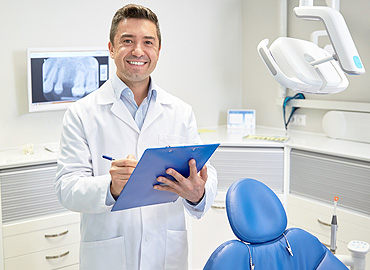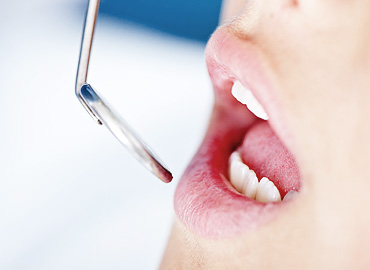Patient Instructions
- Good dental hygiene, you can greatly reduce your risk of getting cavities, gingivitis, periodontitis, and other dental problems.
There are many forms of preventive care, such as daily brushing and flossing. To maintain optimal oral health, the American Dental Association (ADA) recommends you visit a dentist for regular cleanings and checkups. These practices are designed to ensure that you maintain healthy teeth and a healthy smile. Continue reading to learn more about preventive care.
Preventive Care
Brush Your Teeth Daily
The most important part of preventive care is to brush your teeth. The American Dental Association recommends brushing your teeth twice a day with fluoride toothpaste. Brushing your teeth helps remove food and plaque from your teeth that contains bacteria. Don’t forget to brush your tongue. This will help remove bacteria from your mouth and helps your breath stay fresh.
Daily flossing is also recommended. Flossing helps to clean out the tight spaces between the teeth.
Eating a balanced diet also helps to protect your teeth by providing them with the nutrients they need. Limit your sugar intake, including simple carbohydrates like white bread, and drink plenty of water throughout the day.
After Treatment Care
After your treatment, we will provide you verbal and written post-operative instructions. This will include tooth management, necessary medications, and contact information. It is most important that a follow up appointment with your general dentist is made within 30 days after treatment to ensure the tooth is restored with a permanent filling or crown. A properly treated and restored tooth can last as long as your natural teeth.
The following are general guidelines for after treatment care. As the medication used to numb your mouth during the procedure wears off, you may feel some tenderness in the area for a few days as everything heals. You may also experience mild soreness in your jaw from keeping your mouth open for an extended period during the procedure. These temporary symptoms usually respond well to over-the-counter medication, but Dr. Barkley may prescribe stronger medications if necessary. It’s important to carefully follow the instructions for medications and understand that narcotics can make you drowsy so you should exercise caution when taking them and driving a car or operating dangerous machinery.
Your treated tooth might have a slightly different sensation from your natural teeth for some time however, you should contact your endodontist immediately if you experience, severe pain or pressure lasting more than a few day, visible swelling inside or outside your mouth, an allergic reaction to medication (rash, hives or itching), your bite feels uneven, or the temporary crown or filling come loose or comes off.
To avoid biting your cheek or tongue, wait until the numbness in your mouth wears off before eating. Remember to brush and floss daily as you normally would to keep the area clean and avoid infection.
Once your endodontic treatment and follow up appointments are completed, you’ll need to return to your dentist for a final crown to fully restore the tooth. It’s important to make this appointment as soon as your endodontist completes treatment A properly treated and restored tooth can last as long as your natural teeth.


